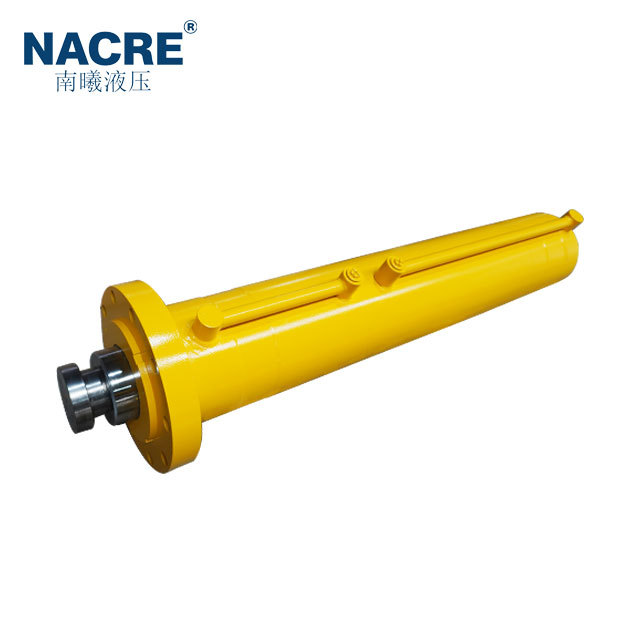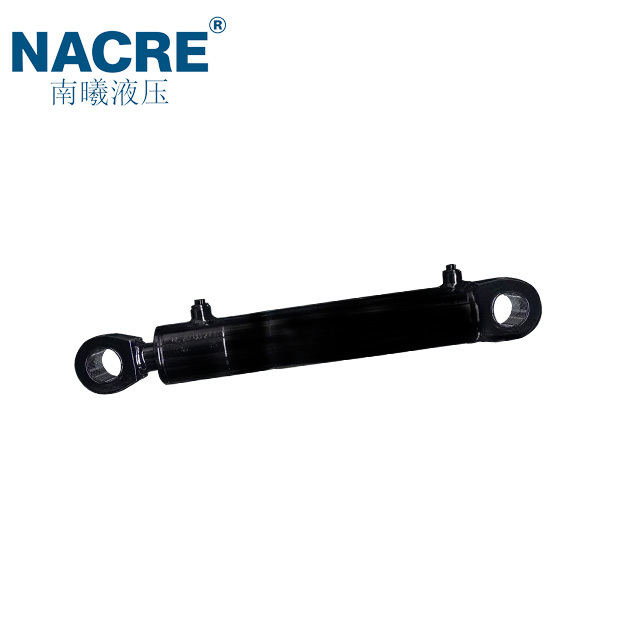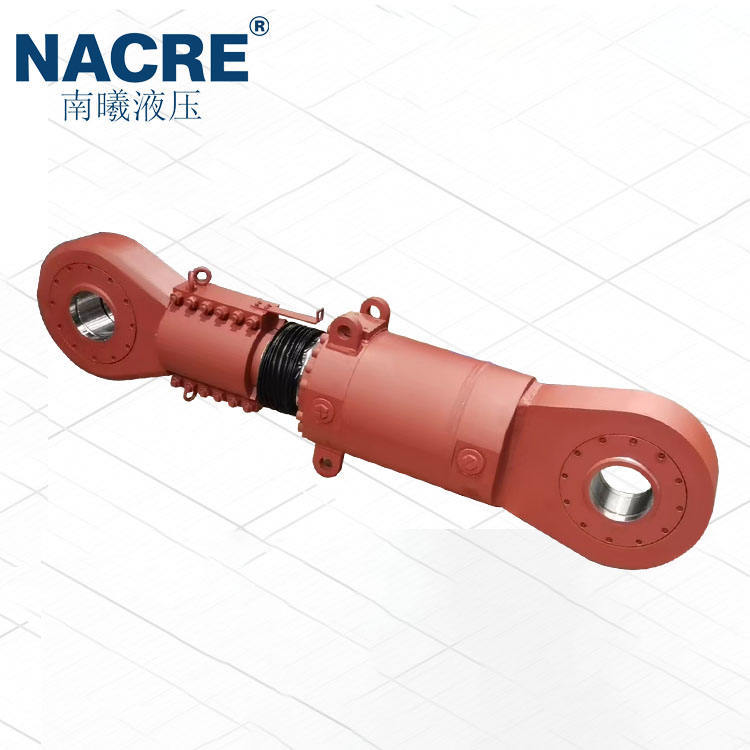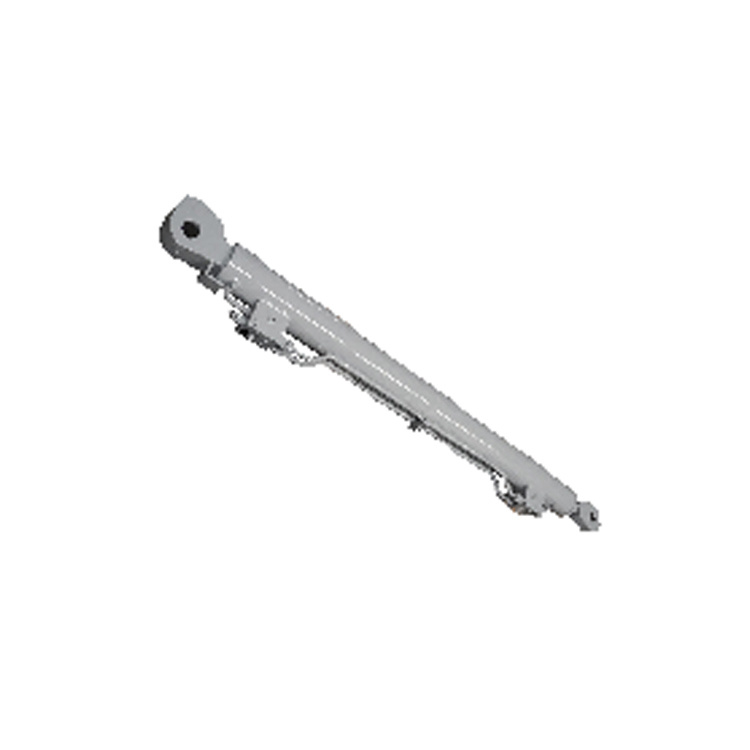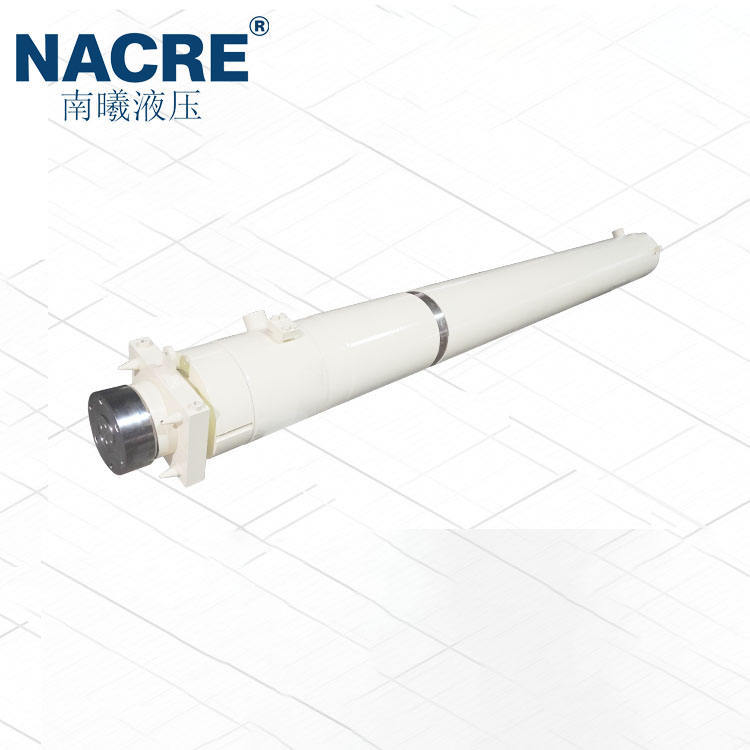The Key Advantages of Using Tie Rod Cylinders in Hydraulic Systems
2025-04-13
The Key Advantages of Using Tie Rod Cylinders in Hydraulic Systems
Table of Contents
- 1. Introduction to Tie Rod Cylinders
- 2. What Are Tie Rod Cylinders?
- 3. Operating Principle of Tie Rod Cylinders
- 4. Key Advantages of Tie Rod Cylinders
- 4.1 Durability and Reliability
- 4.2 Versatility in Applications
- 4.3 Space-Saving Design
- 4.4 Ease of Maintenance
- 4.5 Cost Efficiency
- 5. Applications of Tie Rod Cylinders in Various Industries
- 6. Comparison with Other Cylinder Types
- 7. Frequently Asked Questions
- 8. Conclusion
1. Introduction to Tie Rod Cylinders
Tie rod cylinders play a pivotal role in the hydraulic systems of diverse industries. Their design and functionality cater to a wide range of operational requirements, from manufacturing to construction. This article provides an in-depth exploration of the advantages of tie rod cylinders, ensuring a comprehensive understanding of their significance in hydraulic systems.
2. What Are Tie Rod Cylinders?
Tie rod cylinders are a specific type of hydraulic cylinder characterized by their robust construction that includes tie rods. These rods secure the end caps and the cylinder body, ensuring overall structural integrity. The design not only supports high-pressure operations but also facilitates easy assembly and disassembly, making them particularly advantageous in a variety of applications.
3. Operating Principle of Tie Rod Cylinders
Tie rod cylinders operate on the basic principle of converting hydraulic energy into mechanical energy. When hydraulic fluid is pumped into the cylinder, it applies pressure to the piston inside. This pressure forces the piston to move, generating linear motion. The tie rods maintain the alignment and tension in the system, allowing for smooth and efficient operation.
4. Key Advantages of Tie Rod Cylinders
Tie rod cylinders offer several advantages that enhance their functionality and usability across various industries.
4.1 Durability and Reliability
One of the most significant benefits of tie rod cylinders is their **durability**. The robust materials used in their construction, combined with the secure fastening provided by the tie rods, allow these cylinders to withstand harsh operating conditions. This durability translates to fewer replacements and repairs, making them a reliable choice for businesses.
4.2 Versatility in Applications
Tie rod cylinders are incredibly **versatile**, suitable for a wide range of applications. From agricultural machinery to manufacturing equipment, these cylinders can adapt to various operational needs. Their ability to function efficiently in different environments makes them a preferred choice for engineers and operators.
4.3 Space-Saving Design
In industries where space is at a premium, the **space-saving design** of tie rod cylinders is a major advantage. Their compact nature allows them to fit into tight areas while still providing powerful performance. This makes them ideal for use in machinery where every inch counts.
4.4 Ease of Maintenance
Maintenance is crucial for the longevity of any hydraulic system, and tie rod cylinders excel in this regard. Their design allows for easy access to internal components, facilitating quick inspections and repairs. This ease of maintenance reduces downtime and enhances overall productivity.
4.5 Cost Efficiency
Investing in tie rod cylinders can lead to significant **cost savings** over time. Their durability and low maintenance requirements mean that companies incur fewer costs related to repairs and replacements. Additionally, the improved efficiency of hydraulic systems utilizing tie rod cylinders can lead to lower operating costs overall.
5. Applications of Tie Rod Cylinders in Various Industries
Tie rod cylinders find applications across numerous sectors, each benefiting from their unique characteristics.
5.1 Manufacturing Industry
In manufacturing, tie rod cylinders are used in automation processes, material handling, and assembly lines. Their ability to provide reliable linear motion enhances the efficiency of production systems.
5.2 Construction Industry
The construction industry utilizes tie rod cylinders in heavy machinery such as excavators and cranes. Their durability ensures that they can withstand the rigors of construction environments.
5.3 Agriculture
In agricultural machinery, tie rod cylinders are essential for tasks such as lifting and moving materials. Their versatility allows farmers to use them in various applications, from tractors to harvesters.
5.4 Robotics
Robotic applications benefit from the precision and reliability of tie rod cylinders. They enable smooth movements, crucial for tasks that require high accuracy.
6. Comparison with Other Cylinder Types
When comparing tie rod cylinders with other types of hydraulic cylinders, several factors come into play.
6.1 Tie Rod Cylinders vs. Welded Cylinders
Welded cylinders are known for their compact design but can be less versatile and harder to maintain than tie rod cylinders. Tie rod cylinders offer easier maintenance and adaptability to various applications.
6.2 Tie Rod Cylinders vs. Pneumatic Cylinders
While pneumatic cylinders are lighter and suitable for specific applications, they do not provide the same level of force as tie rod cylinders. For high-pressure hydraulic applications, tie rod cylinders are the superior choice.
7. Frequently Asked Questions
7.1 What pressure ratings do tie rod cylinders typically have?
Tie rod cylinders can handle a wide range of pressure ratings, commonly between 1500 to 3000 psi, depending on the manufacturer and specific design.
7.2 How can I determine the correct size of a tie rod cylinder for my application?
Selecting the correct size involves considering the load requirements, stroke length, and mounting options. Consulting with a hydraulic specialist can provide tailored recommendations.
7.3 Are tie rod cylinders suitable for outdoor use?
Yes, tie rod cylinders can be designed for outdoor use, especially when treated with protective coatings to resist weather and corrosion.
7.4 What materials are used in the construction of tie rod cylinders?
Tie rod cylinders are typically made from high-strength steel or aluminum, offering a balance of durability and weight.
7.5 How often should tie rod cylinders be maintained?
Regular maintenance should be performed every 6 to 12 months, depending on the operating environment and frequency of use. Routine checks can prevent unexpected failures.
8. Conclusion
Tie rod cylinders are integral to the efficiency and reliability of modern hydraulic systems. Their **durability, versatility, space-saving design, ease of maintenance, and cost efficiency** make them a superior choice for various applications across multiple industries. By understanding the key advantages of tie rod cylinders, businesses can make informed decisions that enhance productivity and operational success. Investing in high-quality tie rod cylinders ensures that you stay ahead in the competitive market, leveraging the full potential of hydraulic technology.
Questions?
We are here to help.



